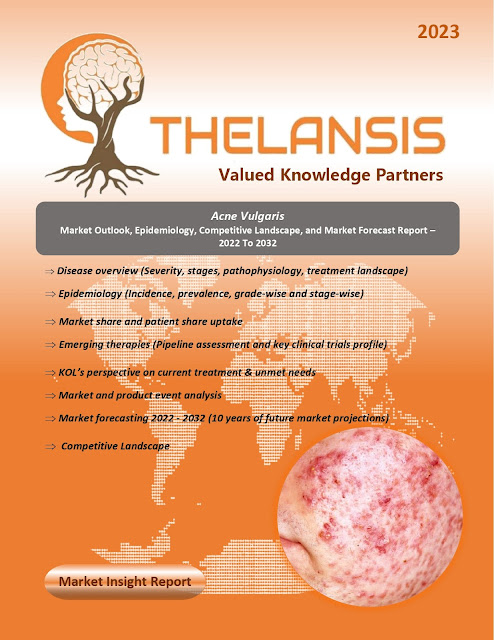Respiratory Syncytial Virus (RSV) – Market Outlook, Epidemiology, Competitive Landscape, and Market Forecast Report – 2023 To 2033
Respiratory syncytial virus (RSV) is a widespread respiratory infection that affects the nose, throat, lungs, and airways. It is transmitted through respiratory droplets, such as those produced during coughing, sneezing, or close contact like kissing. Additionally, touching surfaces contaminated with the virus and touching your eyes, nose, or mouth can lead to infection. RSV can endure for several hours on hard surfaces like tables and crib rails, while its survival on soft surfaces like tissues and hands is shorter. Children often encounter RSV in environments outside the home, such as schools or daycare centers, and can then transmit the virus to their family members. Almost all children will experience an RSV infection by the time they reach their second birthday because the virus is so prevalent. RSV can be particularly severe, affecting both children and older adults. Although specific groups, including premature and very young infants (≤6 months), individuals with chronic heart or lung conditions, immunocompromised individuals, and older adults, face a higher risk of severe illness, the potential for dangerous complications exists across all age groups. Surprisingly, 80% of children under 2 hospitalized for RSV-related illnesses do not possess any risk factors. Currently, no specialized antiviral medications or treatments specifically designed for RSV exist. The primary approach to managing RSV involves providing supportive care, including administering oxygen and respiratory treatments.
·
SV plays a causative role in an estimated 40%
to 75% of cases of hospitalized bronchiolitis and 15% to 40% of cases of
childhood pneumonia.
Thelansis’s
“Respiratory Syncytial Virus (RSV) Market Outlook, Epidemiology, Competitive
Landscape, and Market Forecast Report – 2023 To 2033" covers disease
overview, epidemiology, drug utilization, prescription share analysis,
competitive landscape, clinical practice, regulatory landscape, patient share,
market uptake, market forecast, and key market insights under the potential Respiratory
Syncytial Virus (RSV) treatment modalities options for eight major markets
(USA, Germany, France, Italy, Spain, UK, Japan, and China).
KOLs insights of Respiratory Syncytial
Virus (RSV) across 8 MM market from the centre of Excellence/ Public/ Private
hospitals participated in the study. Insights around current treatment
landscape, epidemiology, clinical characteristics, future treatment paradigm,
and Unmet needs.
Respiratory
Syncytial Virus (RSV) Market Forecast Patient Based Forecast Model (MS.
Excel Based Automated Dashboard), which Data Inputs with sourcing, Market
Event, and Product Event, Country specific Forecast Model, Market uptake and
patient share uptake, Attribute Analysis, Analog Analysis, Disease burden, and
pricing scenario, Summary, and Insights.
Thelansis Competitive Intelligence (CI) practice
has been established based on a deep understanding of the pharma/biotech
business environment to provide an optimized support system to all levels of
the decision-making process. It enables business leaders in forward-thinking
and proactive decision-making. Thelansis supports scientific and commercial
teams in seamless CI support by creating an AI/ ML-based technology-driven
platform that manages the data flow from primary and secondary sources.
Tags: Respiratory
Syncytial Virus (RSV), Respiratory Syncytial Virus (RSV) market outlook, Respiratory Syncytial Virus (RSV) competitive landscape, Respiratory Syncytial Virus
(RSV) market forecast, Thelansis, Primary market
research, KOL insights, Competitive Intelligence (CI)




Comments
Post a Comment